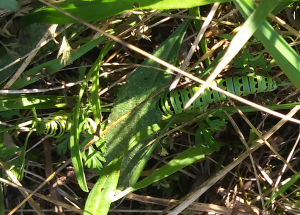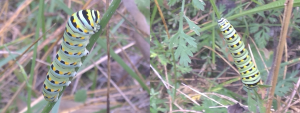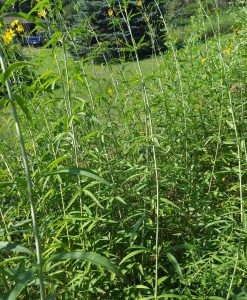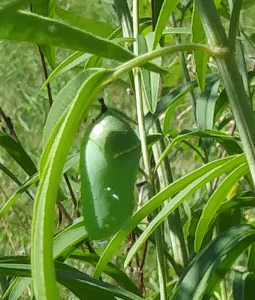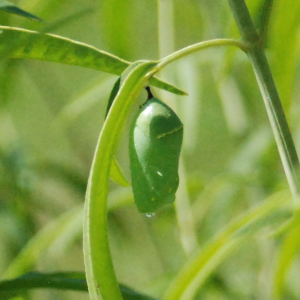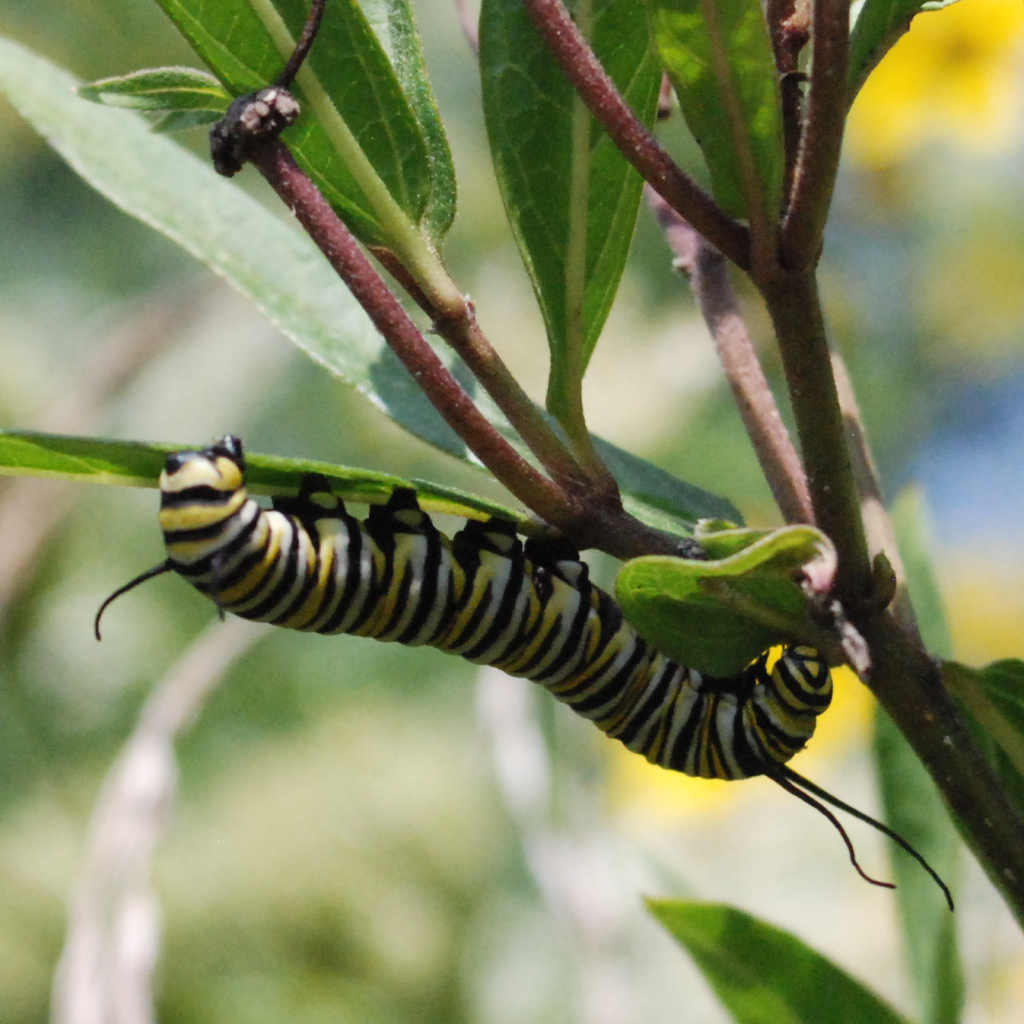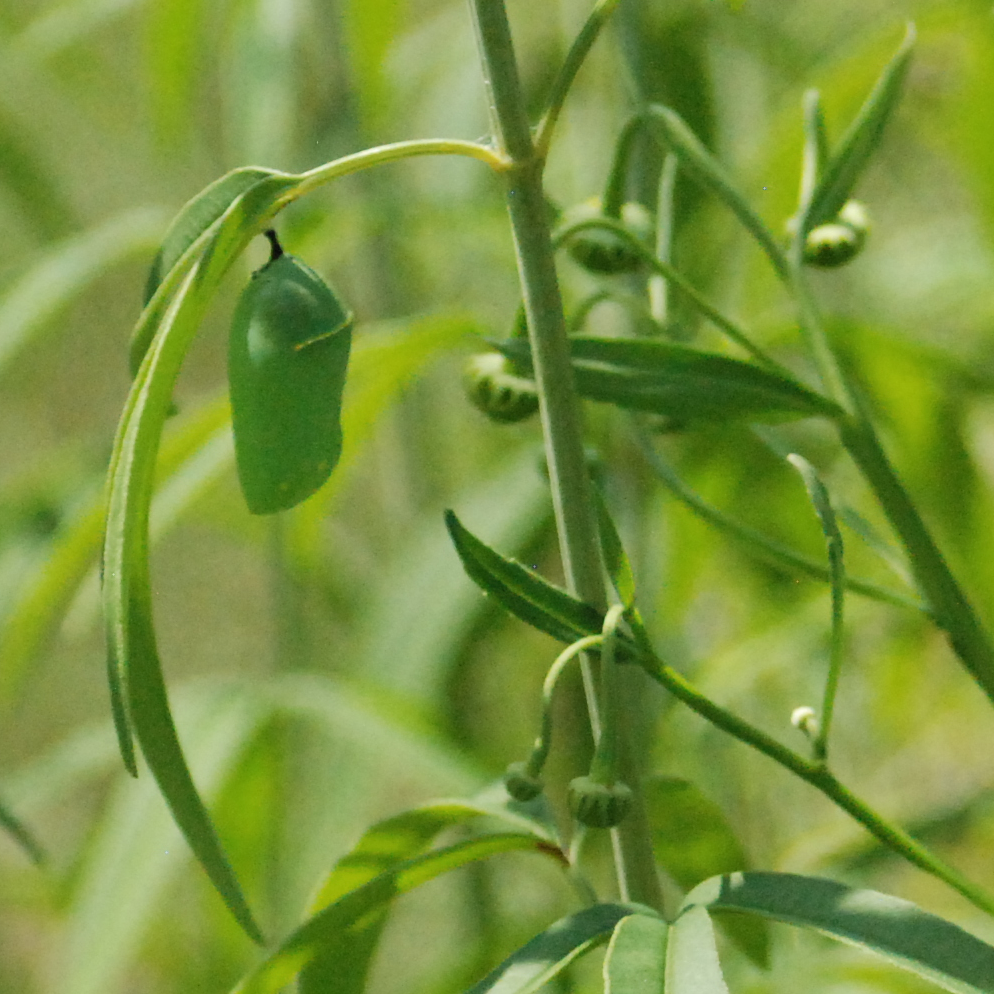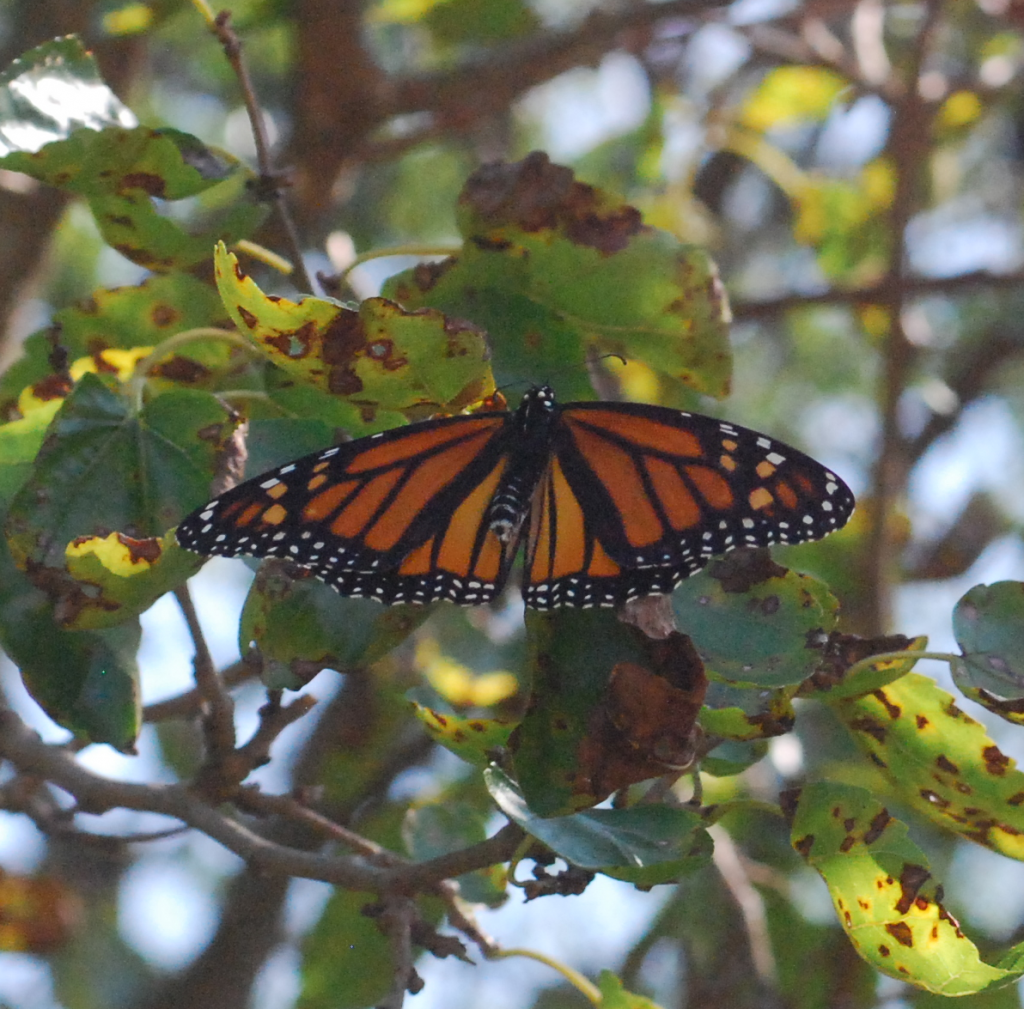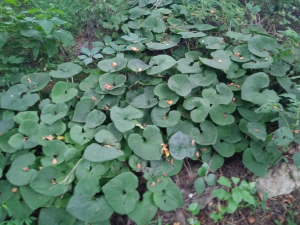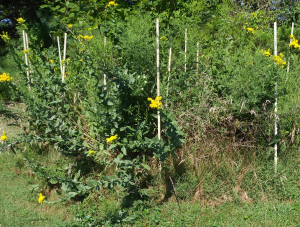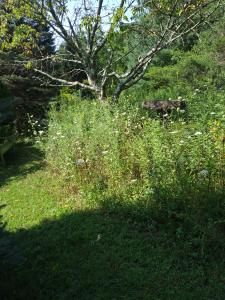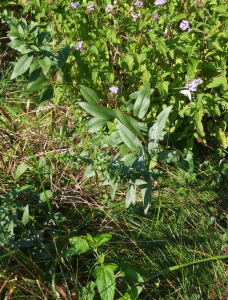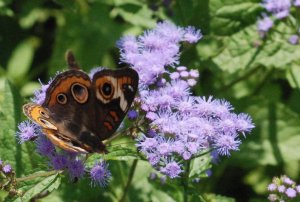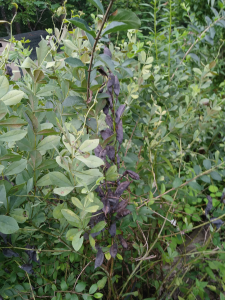This is kind of a continuation of “Ain’t Mother Nature Grand”, but will also stand on its own. I’ve been lazy in gardening this year, but have taken the time to enjoy, even revel, in the fruits of the past few years of hard work. I’ve found garden images back to 2013, so apparently that’s when I began to actually put into practice all I’d learned through researching habitat friendly, native, non-toxic gardening. Our property is a “Certified Wildlife Habitat” with National Wildlife Federation (as was our Baltimore home) and “Certified Butterfly Garden #something” with North America Butterfly Association. By not diligently ‘containing’ the wild growth of several of the plantings along the stairway, the goldenrod has slumped out of its’ containment area, as has the New England aster, the mist flower, and even golden alexander. You can barely see the treads, let alone to the top of the stairway from the bottom. It’s hard to even see the first bottom ground level tread from the growth in front of it (in this image angle)! That’s mist flower (and bamboo grass) covering the front of the bottom tread in this image, and leaning goldenrod and New England aster blocking access going upwards, without even mentioning the volunteers that sprouted directly on the treads.
The black swallowtail have responded favorably to the bishop’s weed replacing the non-native queen anne’s lace. Though queen anne’s lace has become naturalized, it is the original, native plant (bishops weed, golden alexander, some others) these animals have evolved to eat. If you want them to stay off your vegetable garden carrots, parsley, dill and similar, plant bishops weed for them They seem to prefer it to all other options (or I guess I could just be lucky, it has worked for us here in mid-Atlantic, Piedmont region, USDA area 6B-7A). Native plants and animals for your area may be different, but still native is best way to go if at all possible.
I was positively delighted when we found a few Monarch cats on the swamp milkweed in the northwest butterfly garden last week. Then this past Monday morning I saw one in j-position on the underside of a button flower(?) leaf. Yes, I planted it, but don’t remember its name; button flower is what I think it’s called; supposedly looks like the boutonniere men used to wear in their lapels. Anyway, I went to check on it that evening and found it had formed a chrysalis! Had I not already seen it, I’m sure I would not have noticed it, it is so well camouflaged! I’ve been keeping an eye on it all week, as I checked out the progress of the other caterpillars. Over the course of the week, I’ve found a few more, in various stages (or instars), and seen some vanish, whether through predation or moving on is unknown. We had a pretty severe thunderstorm Thursday night. I went to check on the cats fairly early Friday morning, maybe about 9 or so? The sun had not yet reached the front garden where the swallowtail were, but I could not find any of the 3 I knew were previously there. Two may have formed chrysalises (or chrysalides), they appeared large enough, but one was not. It was possibly still there but still in night time hiding mode, I don’t know. I’ll check again later this (Saturday, Aug. 10) morning.
When I checked the monarch chrysalis yesterday morning after Thursday’s storm, I was completely distressed! It had been previously parasitized by that damn whatsit fly, the fly larva had burrowed its way out the side of the chrysalis! I could see the hole with my eyes and in the cell phone image I took to confirm my fears. There was also some weird white “scratch” looking thing on it near the hole. As I whined to my husband, showed him the image, and talked of starting rescuing and raising earlier than usual (the migrating group is usually the only ones I raise), he apparently got tired of listening and took my Nikon camera out less than an hour later. The photo Brad took clearly showed a rain water droplet on the bottom tip of the chrysalis, and no “hole”! The weird “scratch” is still shown. I was so relieved! Apparently the sun reflection on a rain drop earlier had created the illusion of a hole, that later had trickled to the bottom tip. It just goes to prove, don’t jump to conclusions without thoroughly investigating the facts! I knew of the parasitizing fly, but Brad was not as consciously aware. We think the “scratch” is possibly sun flare from the photo taking device, or a bit of dust or down or “wish” fiber stuck to the side of the chrysalis. We are not going to touch it to find out. If you enlarge the 2 images above, you also see the image quality difference between the cell phone and the dedicated Nikon camera. There is no contest; the camera is the clear winner! By the way, if you enlarge the (cell phone) image in the previous paragraph, then enlarge it more, you’ll find the tiny orange “blossom” center frame is an arrow I added.
A few of the monarch images from the northwest garden and a few from the west round garden. I call the one directly right “Food In, Dookie Out”, LOL. A monarch larva does not have a black spot on its rear end. The face is the long antennae end on the right. They are indeed frass making machines.
The below image of newly released monarchs on sunflower is from migration season 2014, one of the release days. Directly above images simply represent the stages of the monarch’s life from egg (not shown) to 1st through usually 5th instar, to chrysalis, to active butterfly.
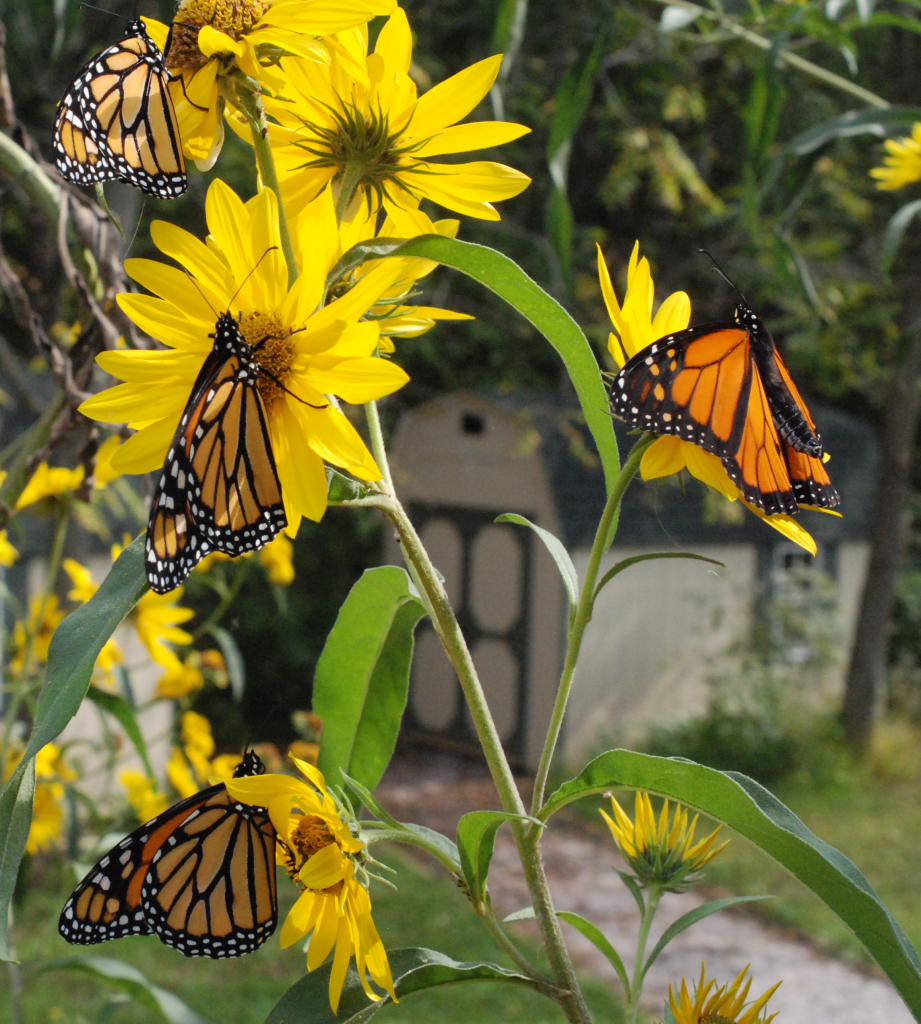
So, the neglected, overgrown gardens of this year; sometimes overgrowth might be a good thing. The native ginger I put in at the back bank of the pond has spread quite nicely, and seems to be doing its job; preventing garlic mustard (another noxious invasive in this area). There are several patches of ginger that I hope will continue to spread and maybe meet up with each other. Pulling garlic mustard in its early floret stage is best, 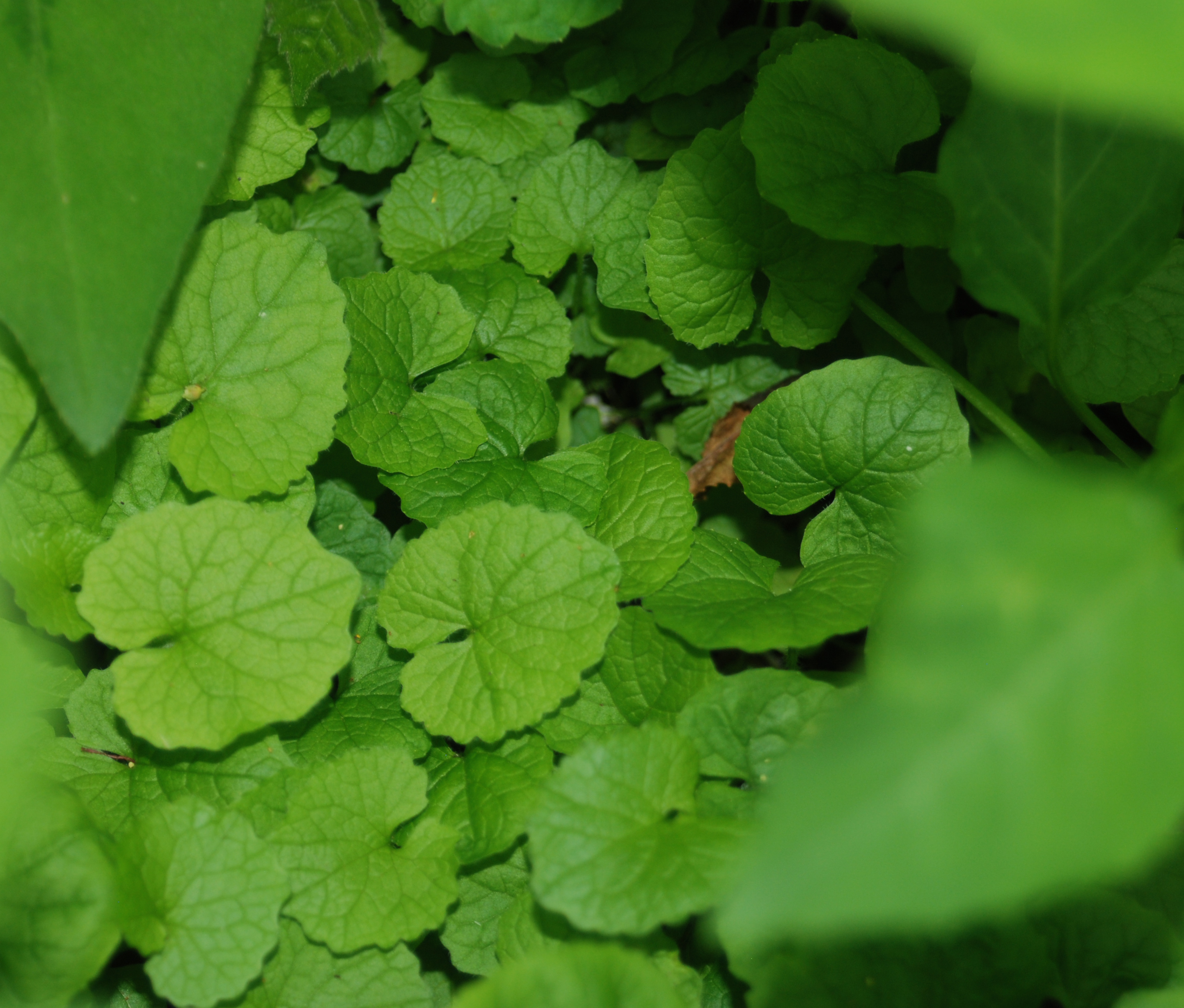 but certainly before it sets seed from the rather pretty white flowers it makes in subsequent years. Much like bind weed, each bloom produces like a jillion seeds and the plant has an established winding root system! Notice the shape and edge of the garlic mustard leaves (rounded, scalloped edge) to the ginger leaves (heart shaped, smooth edge). The wild blue violet has similar but smaller heart shaped leaves; you’ll want to leave that, too (fritillary larvae food). The goldenrod garden will be covered in bees and other pollinators within a week or two. There are various areas of various types of goldenrod I’ve planted here, plus the so-called ‘rare’ white goldenrod that came with the house. The pollinators don’t seem to be as enthralled with that one. But yep, the garden has not stayed within bounds, because I have not kept it contained. I’m sure the pollinators won’t mind a bit. You can’t see the taller witch hazel shrub in this image. She’s doing fine though; many fewer Japanese beetles this year; not sure why, but grateful.
but certainly before it sets seed from the rather pretty white flowers it makes in subsequent years. Much like bind weed, each bloom produces like a jillion seeds and the plant has an established winding root system! Notice the shape and edge of the garlic mustard leaves (rounded, scalloped edge) to the ginger leaves (heart shaped, smooth edge). The wild blue violet has similar but smaller heart shaped leaves; you’ll want to leave that, too (fritillary larvae food). The goldenrod garden will be covered in bees and other pollinators within a week or two. There are various areas of various types of goldenrod I’ve planted here, plus the so-called ‘rare’ white goldenrod that came with the house. The pollinators don’t seem to be as enthralled with that one. But yep, the garden has not stayed within bounds, because I have not kept it contained. I’m sure the pollinators won’t mind a bit. You can’t see the taller witch hazel shrub in this image. She’s doing fine though; many fewer Japanese beetles this year; not sure why, but grateful.
As I mentioned, all the straw walk paths in the main front (round west) garden have become overgrown and/or turned into fertilizer (left image). We do keep a walk path around the garden mowed, so we can enjoy the bench in the shade of the ornamental cherry or the baby white oak, or the big spruce, depending on time of day. The bench is to your left partially visible in the shade in right image. That baby oak is another that probably should be transplanted sooner rather than later. It can’t stay where it is because it will shade the mostly west, slightly northwest, facing solar panels when it’s fully grown. The round west front main garden has assorted flowering and larva feeding greenery — goldenrod, brown eyed daisy, swamp (red) milkweed, bishop’s weed, New York iron weed, white turtlehead (still trying to encourage the Baltimore Checkerspot), red columbine, many others. The cherry tree itself is a food source for many birds, and the hummingbirds love to sit in it and survey “their” territory. They are very territorial little buggers; I don’t know how people get images of more than one at the same time on a sugar water feeder. It does not work that way here, especially in the spring. The birdbath in the image is solid granite; we brought it with us from our Baltimore home. The 1915 or so era house was built on or near a former granite quarry. Unbelievable rocks in digging the pond we made there!
The mist flower won’t fully bloom for another few weeks yet, either. And the earlier daisies have given way to the susans, and soon, New England aster and the rest. The tall ironweed and goldenrod in front of the sweet pea on the south side seem to be working well. The sweet pea (came with the house; not native but it’s not obnoxious, so I’ve left it) is still blooming even though it is a cooler weather, not direct summer sun bloomer. The newcomers are shading it enough for now, I guess. Yay! There’s a small brown, white and orange butterfly or maybe moth that enjoys nectaring and hiding in the sweet pea. Most of the butterfly milkweed is making seed pods; it’s past its bloom prime. Oddly, some of the swamp milkweed is making seed pods but some of it is yet to bloom. I think I need to find space for more milkweed, still in staggered plantings. The migrating monarch group won’t be here for another month, and though the cats need the greenery, the adults need the nectar. We’ll see how the later bloomers do this year of neglect (or repose and reflect, as I like to think of it). It may only be an issue of needing more milkweed greenery. I just realized, I haven’t seen as many fritillary as usual this year — not sure they’ve been more scarce or I just haven’t been out there *doing work* in their areas of interest. Their larva need the wild blue violet and I think they’re why I planted the indigo (but that could be for a different native butterfly larva, not sure as I write this).
Images from earlier and later bloom seasons follow. Captions should be explanatory enough. Some of them are me trying out my new macro lens functionality on the Nikon camera. Who knew there was so much difference between proboscis of different butterflies! Or so many different “garden spiders”? Well, okay, I’m sure the entomologists knew, but I didn’t.
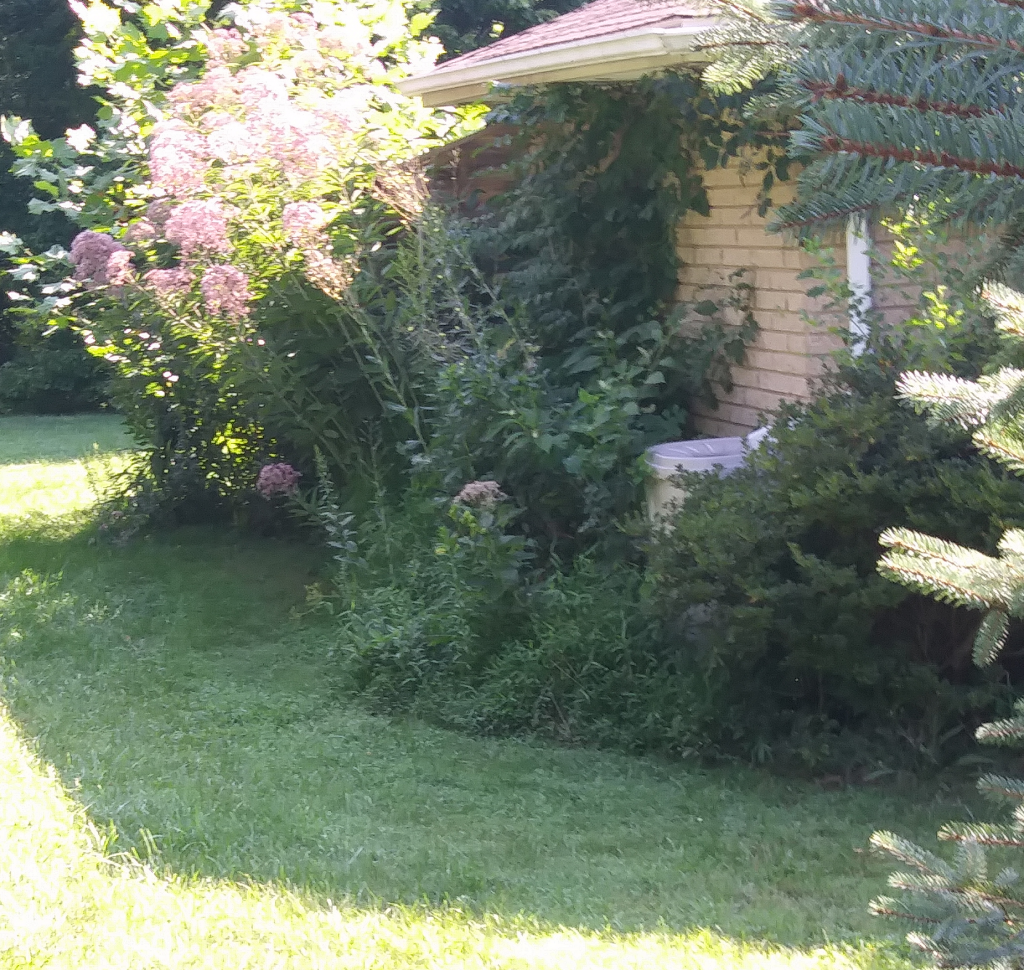
not yet in full bloom
North Garden, above looking across towards east, below west corner detail.
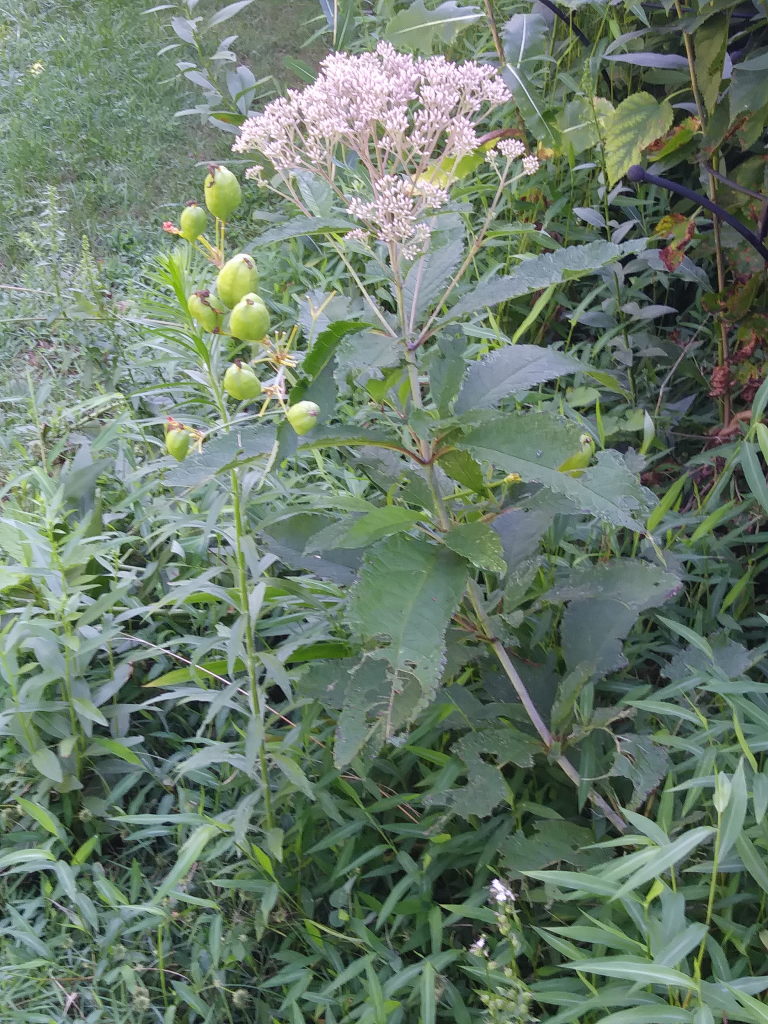
Joe Pye is not fully in bloom yet
Was surprised to see this right at the corner of the deck ramp yesterday morning. I asked Brad to snap it while he had the camera. There was another smaller, younger white spider on the flower two to the right of this one; so young I couldn’t see its’ markings. It had moved by the time Brad got to make this shot. I noticed two things about this image. Though the flower is obviously waning, it still has pollen to be collected so is still serving nectar; and the markings on this very young spider (it is facing up), reminded me of the markings on some other spider photos I had taken in prior years (images further below). This is a baby of one of those types, I believe. Seems closest to the mottled green and black one but the baby’s pale green back markings look a lot like the one’s underside view, too. I didn’t know baby garden spiders were white (though probably not always)!
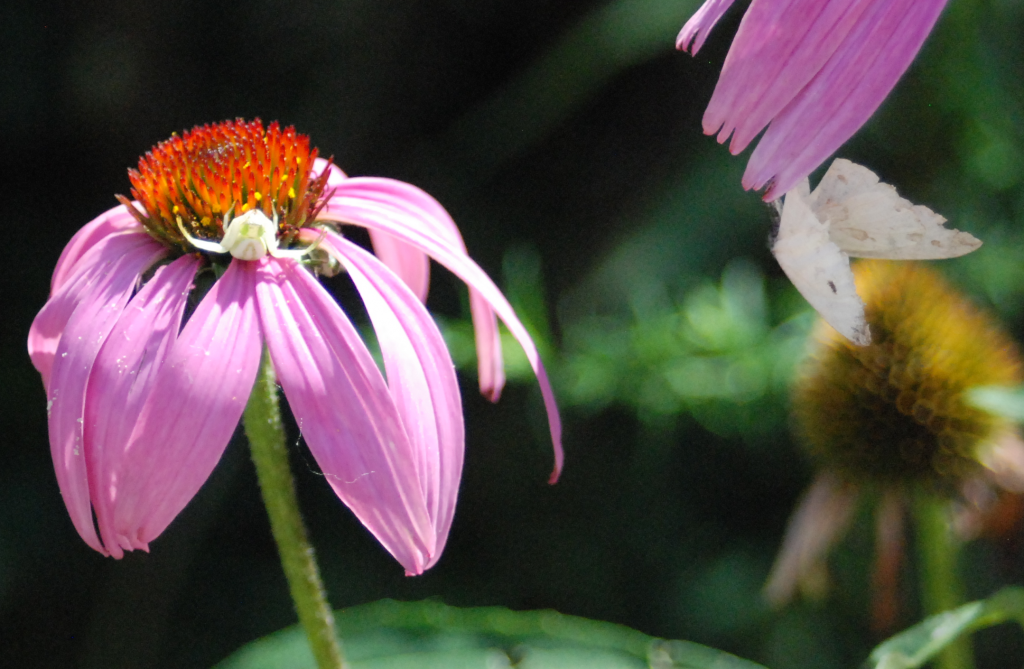
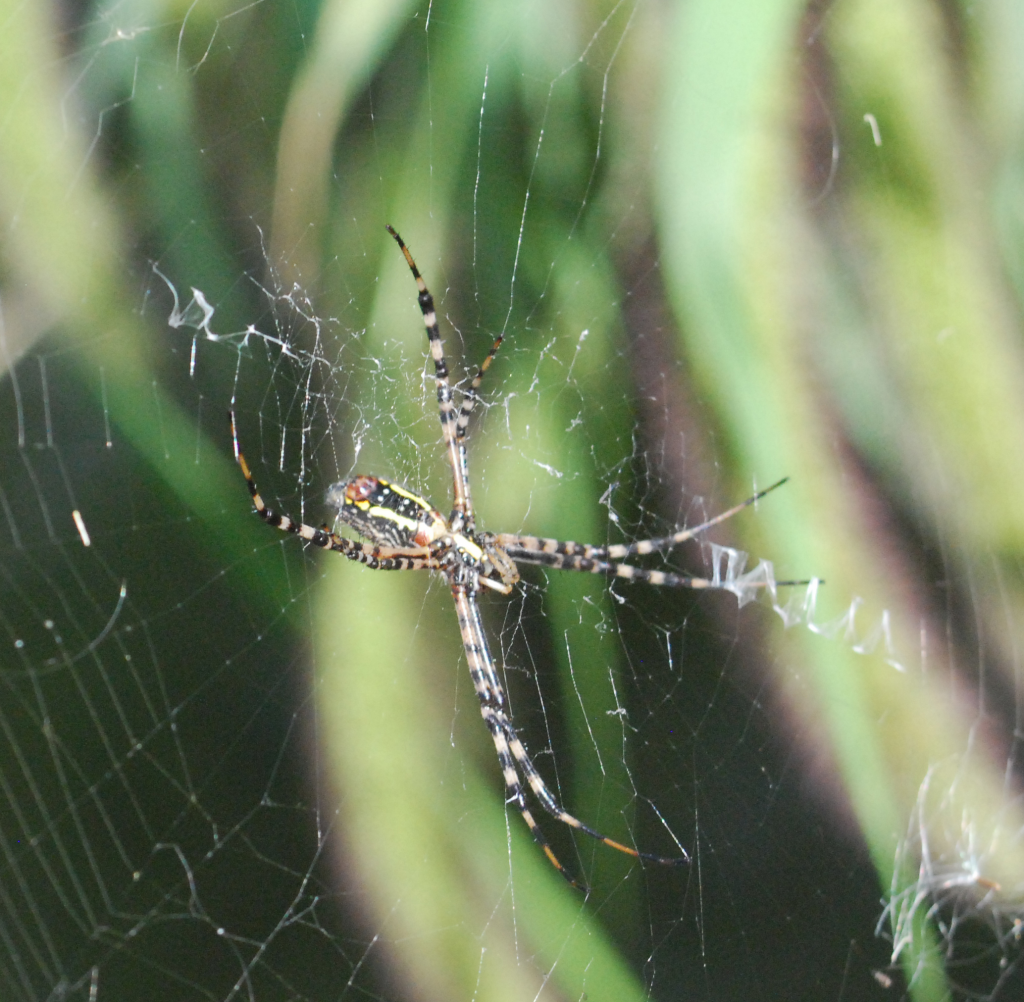
Not sure if these first two are 2 different individuals or bottom and top of the same individual. The original file dates have been lost in various transfers and re-names. I can only tell that both photos are at the top area of the pond.
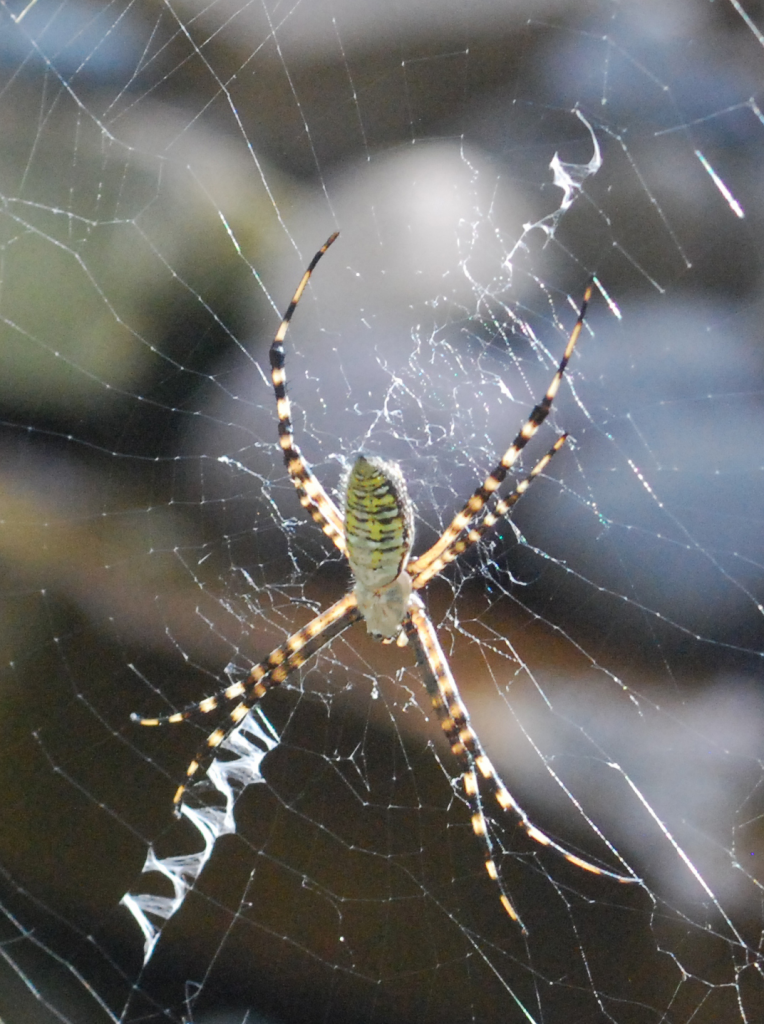
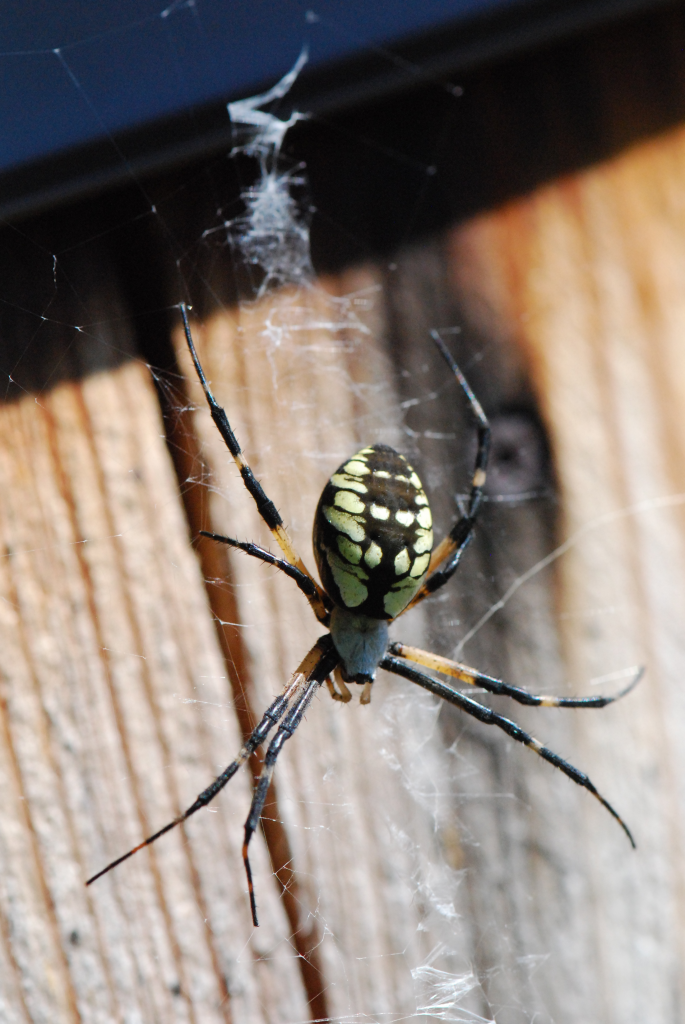
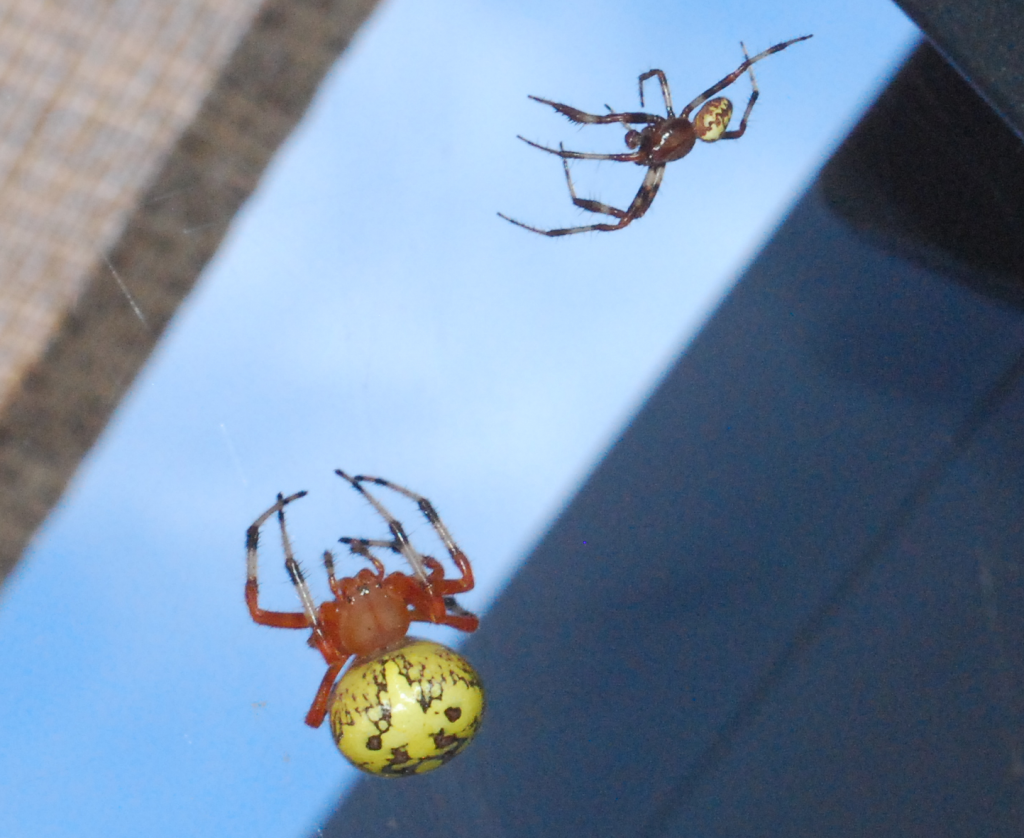
but markings differ so maybe not (Sep 2014)
Her abdomen is humongous!
As long as we’re viewing close-up images, let’s see what else I have. I did mention proboscis, right? I remember taking these.
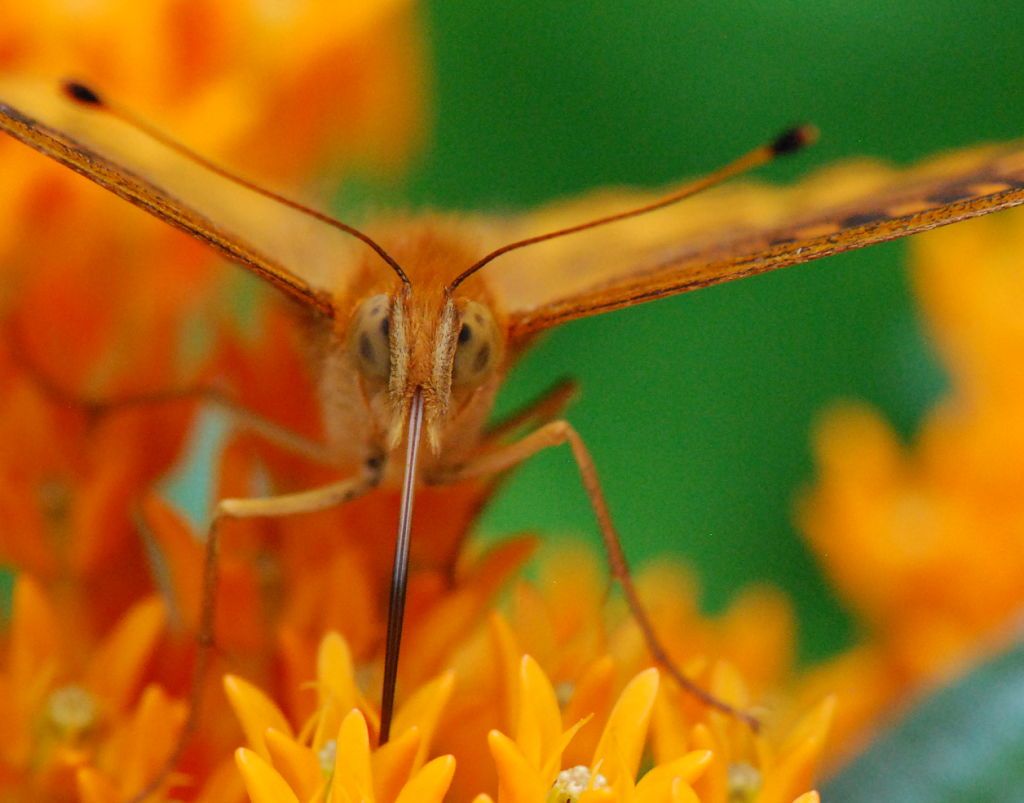
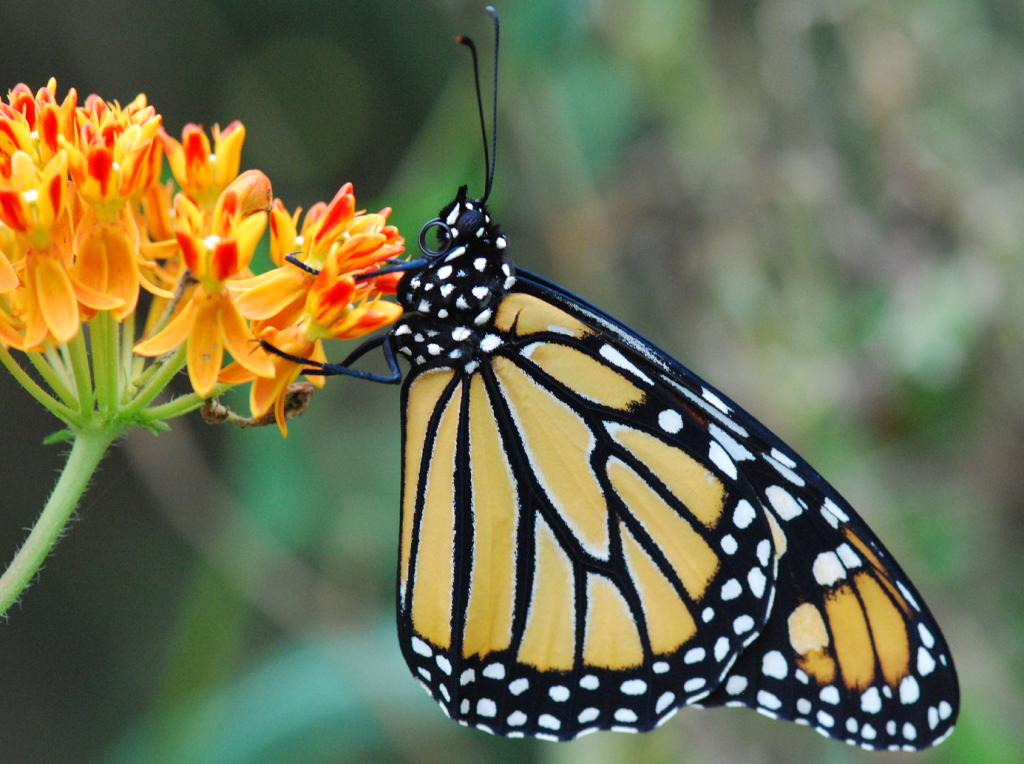
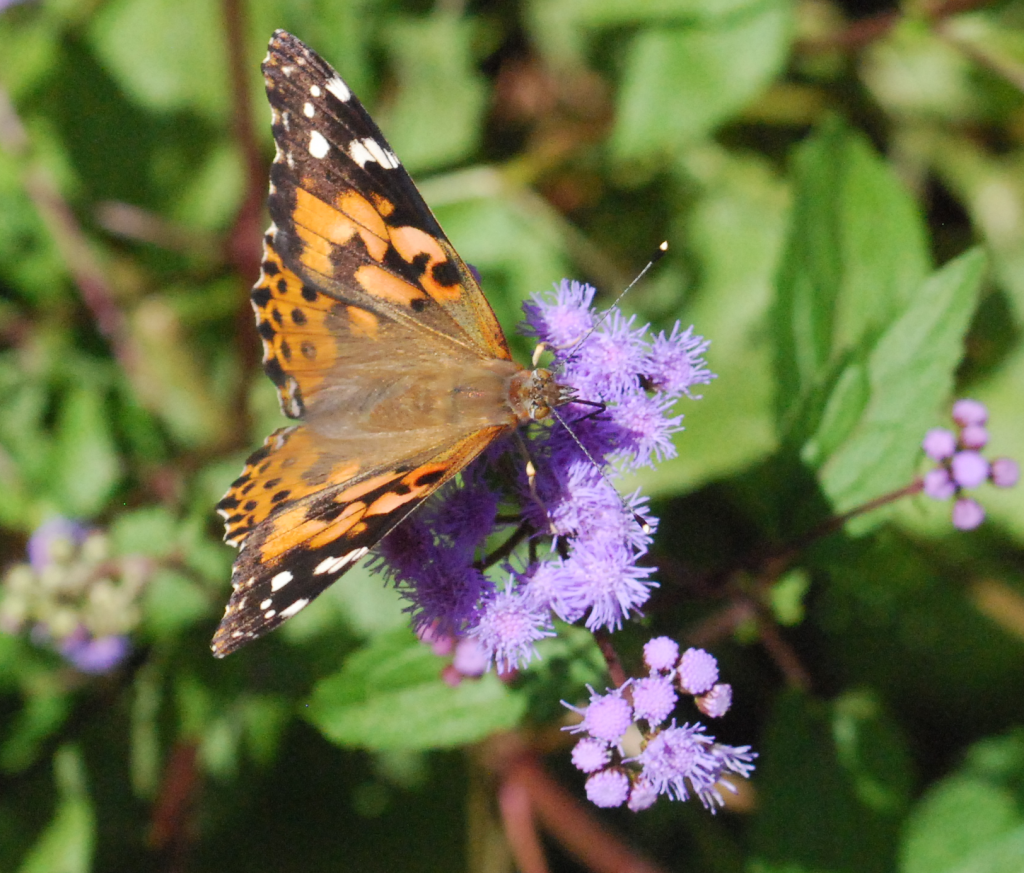
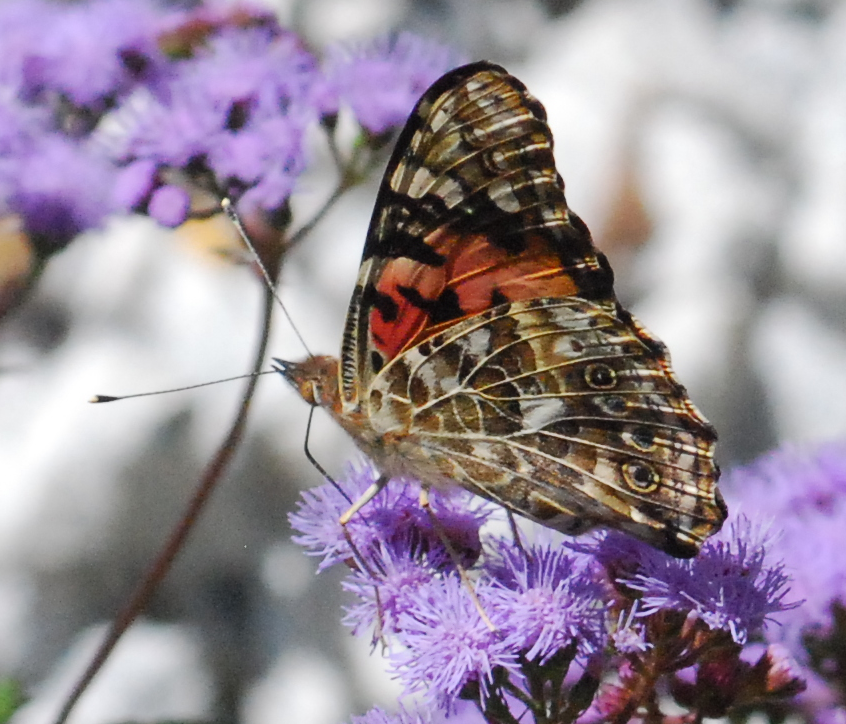 European Painted Lady not American Lady butterfly. Good info link here: https://bugguide.net/node/view/236368 . I guess that’s why we were supposed to remove all the non-native thistle that was around here. You can see the proboscis even better in this view though (r-click, open in new tab to see larger). On the underside of the wing you can clearly see the 4spots, not 2spots of American Lady. I did not know they were the same creature in re-looking at older images.
European Painted Lady not American Lady butterfly. Good info link here: https://bugguide.net/node/view/236368 . I guess that’s why we were supposed to remove all the non-native thistle that was around here. You can see the proboscis even better in this view though (r-click, open in new tab to see larger). On the underside of the wing you can clearly see the 4spots, not 2spots of American Lady. I did not know they were the same creature in re-looking at older images.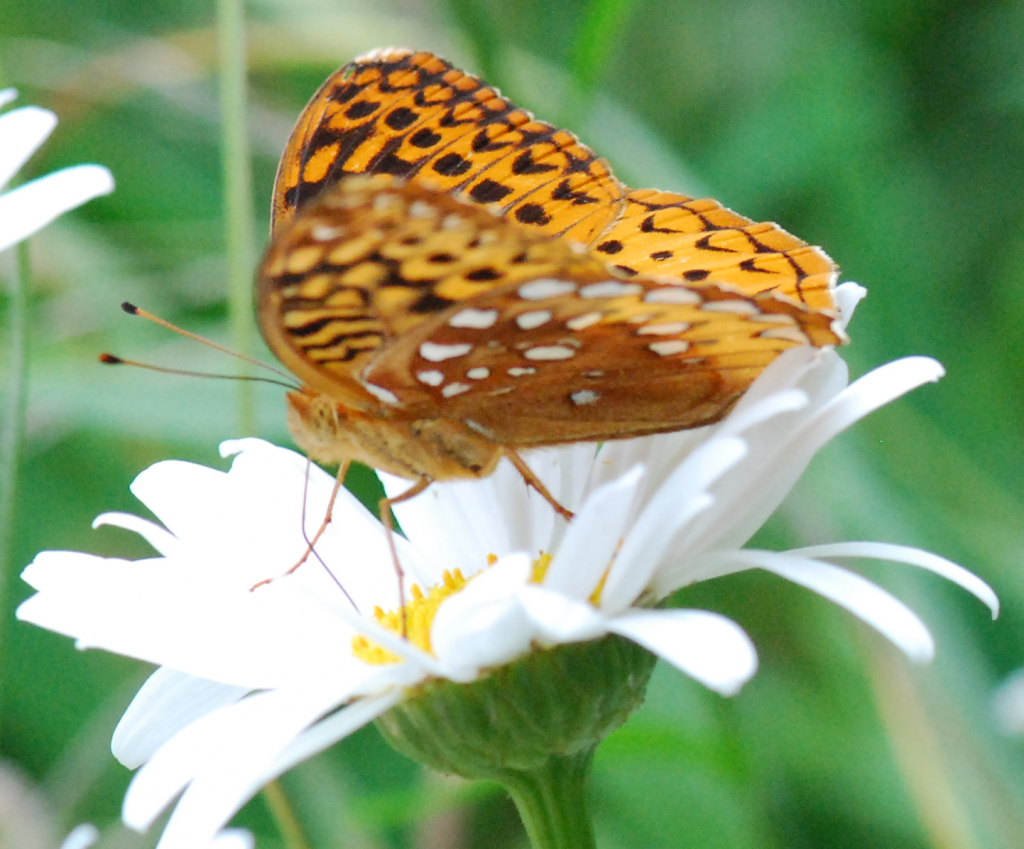
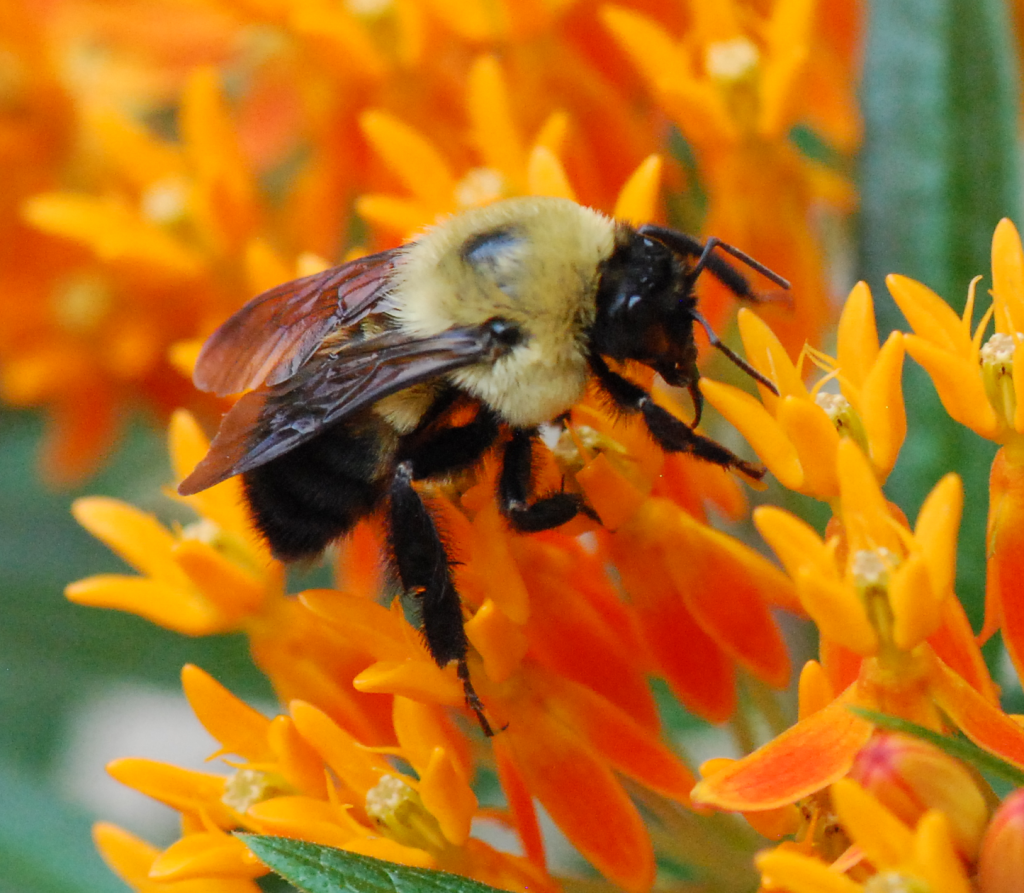
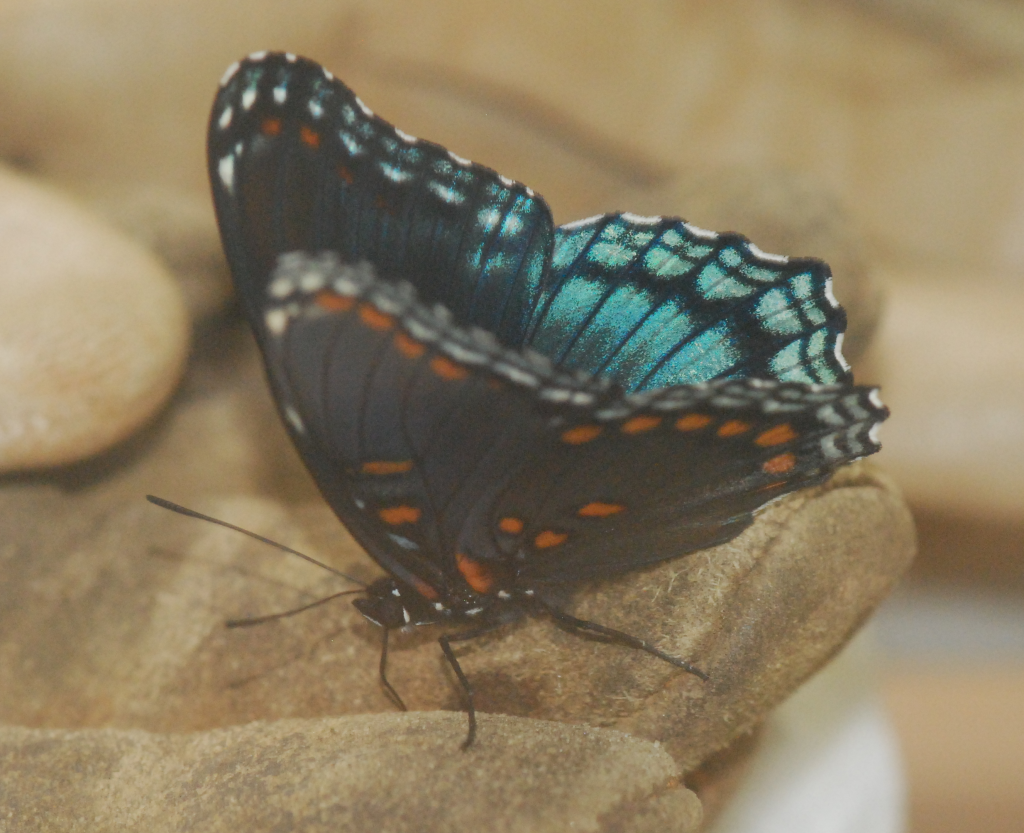
I didn’t realize that some of them actually have such fuzzy or hairy bodies.
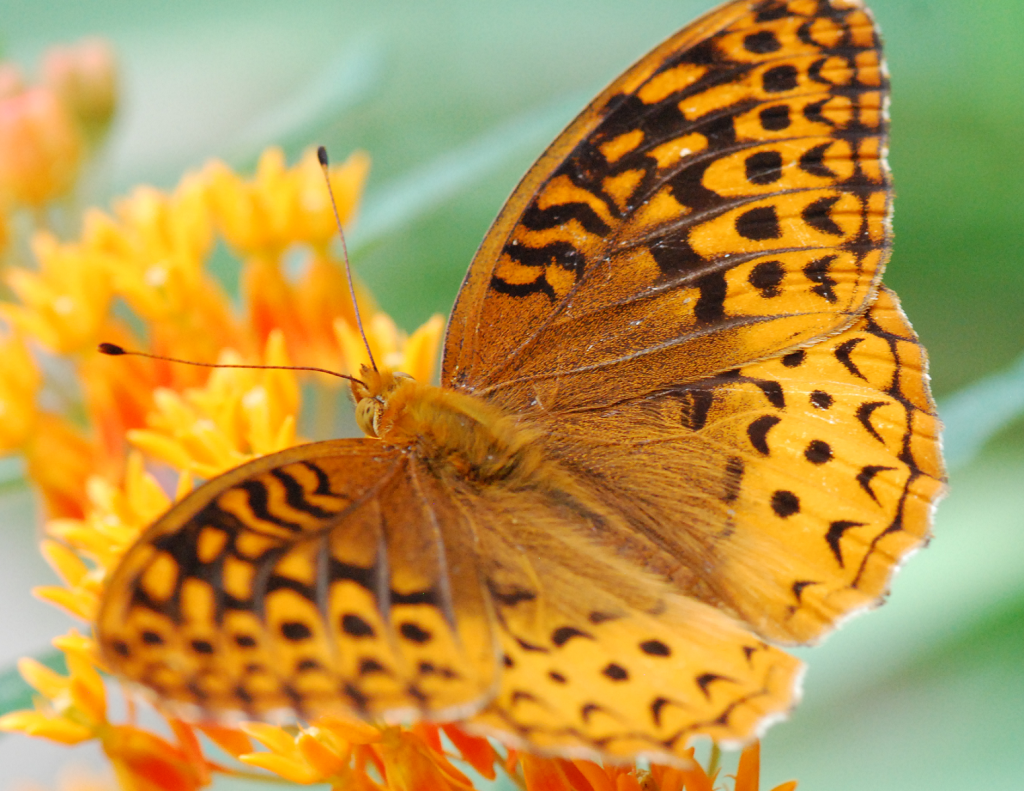
Hope you have some enjoyment and maybe food for thought from this post. I believe a solitary, peaceful commune with nature is the best medicine for everyone. Brightest blessings!
This is a public offering from NWF. You must be logged in to rate or comment.

